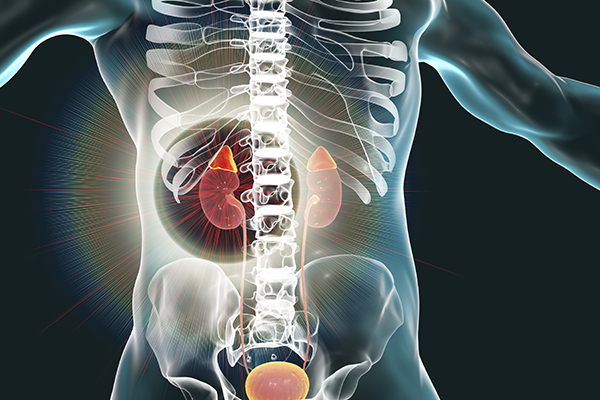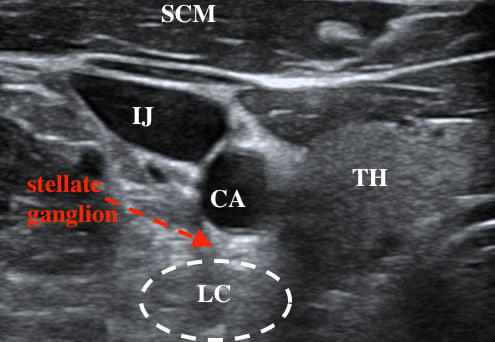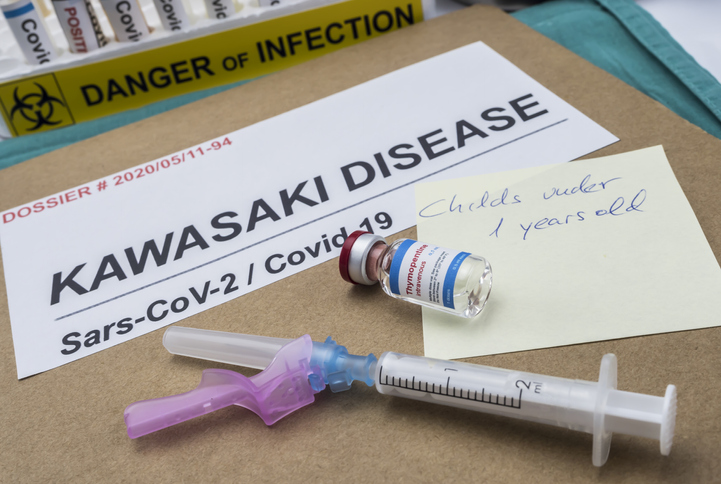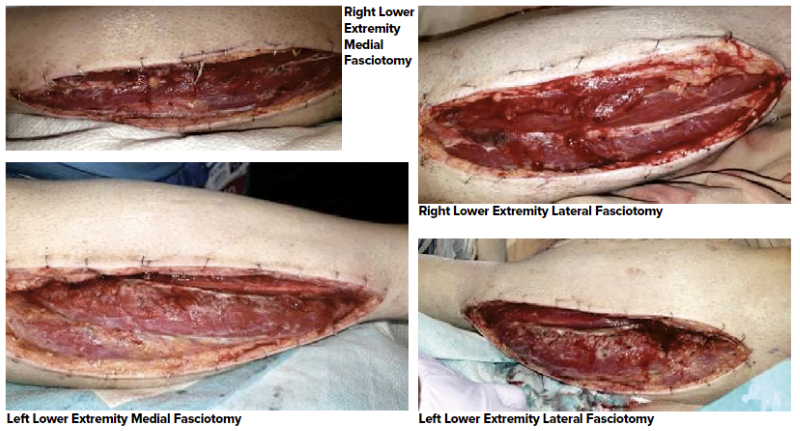Browsing: Topics

Administration & Operations
,
Health Care Administration
,
Medical Education
Emergency medicine (EM) residency exposes trainees to the informal curriculum of practice management. Through the Kern model of curriculum development, we present a national targeted needs assessment
Business and Administrative Curriculum for Emergency Medicine Residents: A National Needs Assessment
8/10/2021 Nicholas Cozzi, MD, MBA , Zach Jarou, MD , Adam J. Rodos, MD, FACEP , Nicholas Stark, MD, MBA , Arnab Sarker, MD, MBA , Ynhi Thomas, MD, MPH, MSc , Phillip Tseng, MD, MBA, MEd , Jason P. Seamon, DO, FACEP , Jeffrey S. Jones, MD, FACEP , Anne Messman, MD, MHPE, FACEP










